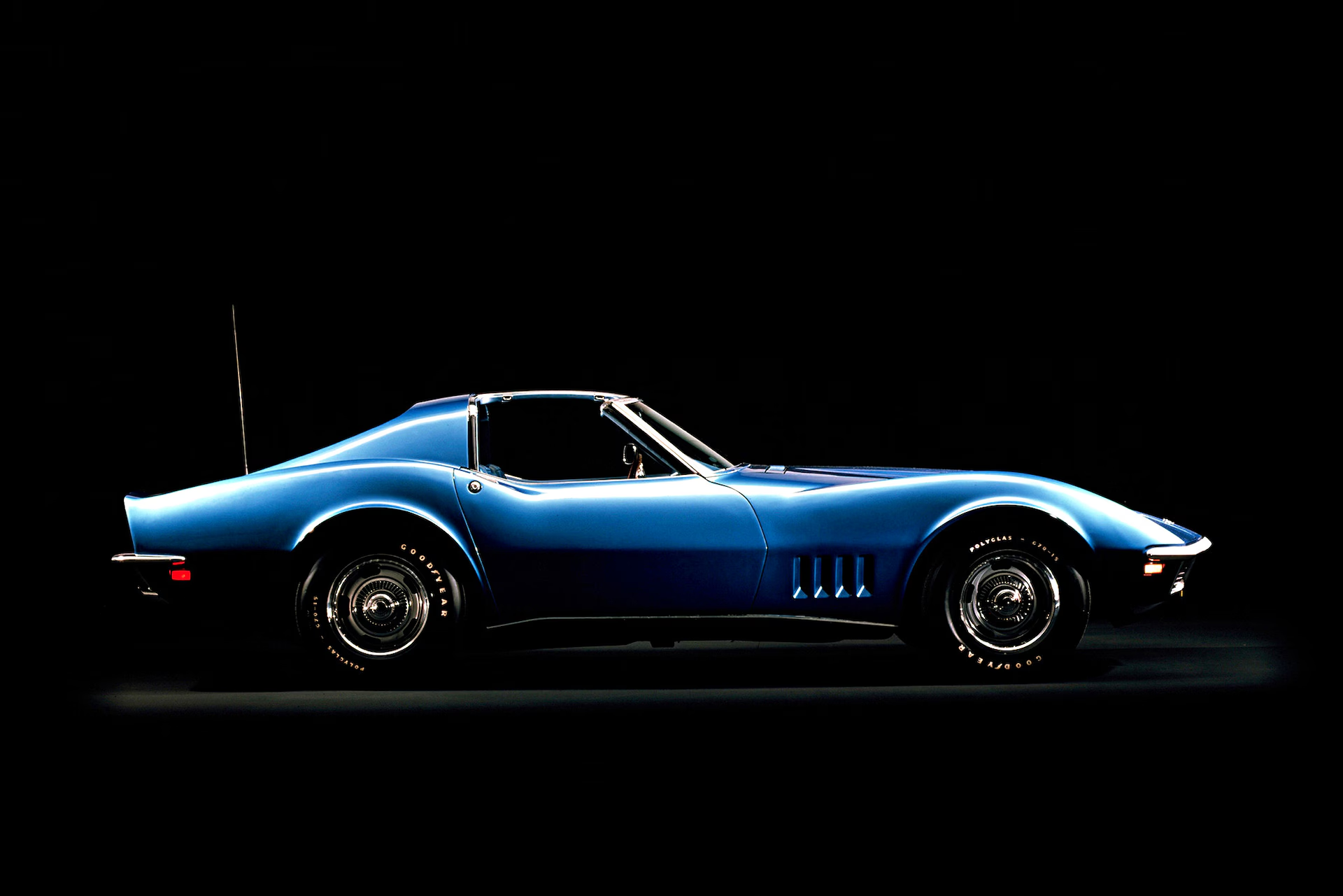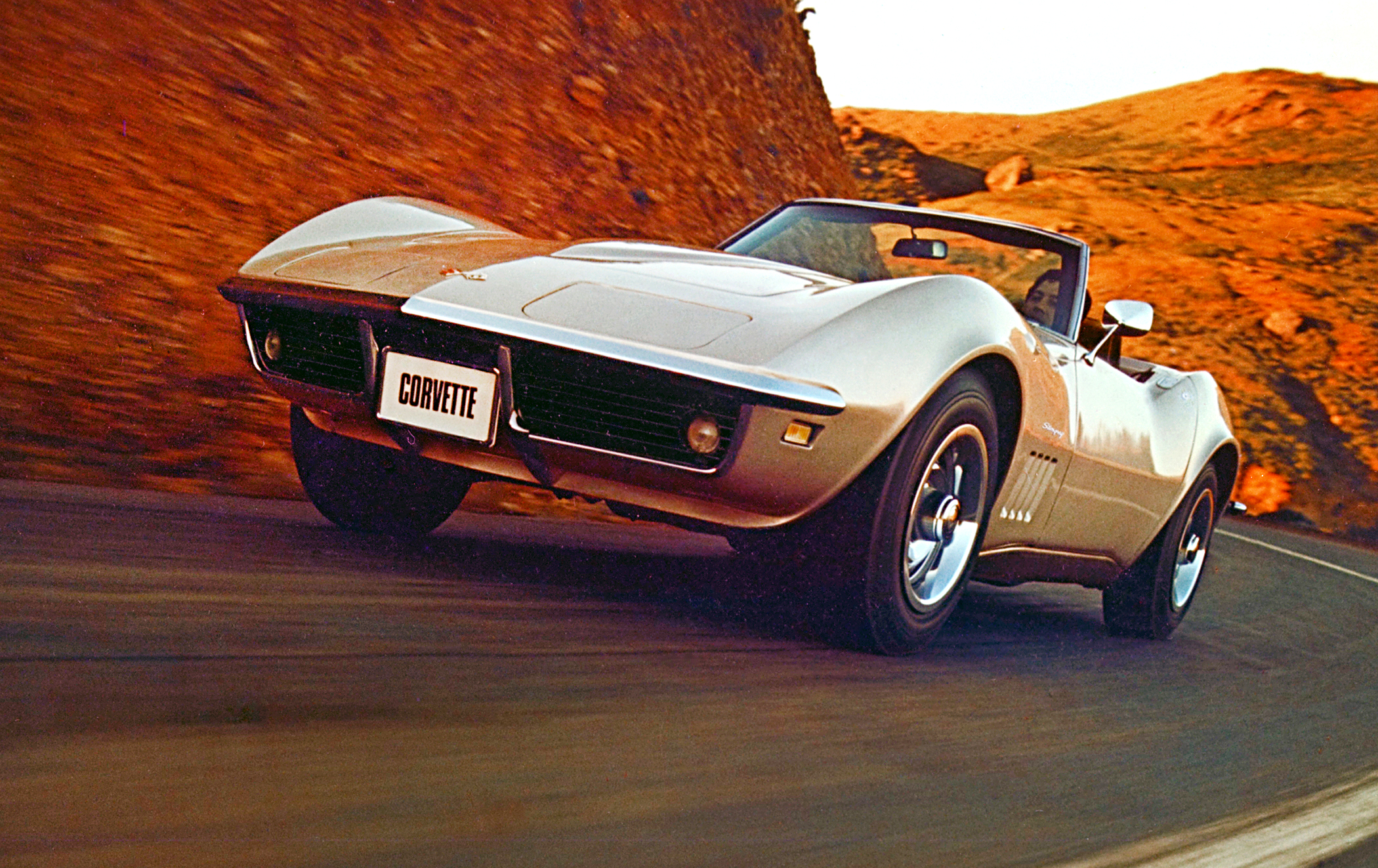The C3 could be a finicky car, especially in the latter part of the 1970s through the end of days in 1982. However, if they are properly maintained and sorted, even the later C3s could prove to be a fine, fun car. While some are cringing at our claim that both the C3 and C4 represented some of the finest moments in Corvette history, we offer Exhibit A, the oft overlooked LT1 Corvette.
So many C3 buyers go straight to the big block 427 and 454 CI V-8s, and there is nothing dumb about that. But there is no shame in a standard-issue 350 CI small block V-8, and there is absolute magic in the 1970-1972 350 CI LT1 V-8. The most powerful of the Corvette small blocks at the time, the LT1 churned out a whopping 370 HP in 1970 and was a specially-made engine with various modifications adding not only power, but durability. As with all engines of the day, the 1971 and 1972 LT1s would tout less power, 330 (the 454 boasted 365 HP the same year) and 255 respectably; but, 1972 would allow LT1s to be optioned with air conditioning, a feature formerly unavailable. The LT1 Corvettes offered absolutely spectacular performance, and thanks to the lighter engine out front, they were often considered much more enjoyable to drive and much easier to handle in curves and corners, the weight of the big blocks often causing them to ‘plow’ forward rather than hold onto the turns.
In terms of the big block C3s, expect to pay premiums to acquire them. They have long commanded huge respect on the market and deliver gobs of power equating earth-shattering performance. But again, keep in mind, they tend to have a heavier driving feel than a small block, they tend to require a bit more driving skill to keep on the road when driving them aggressively. And make no mistake, in spite of what Cobra owners will say, the big block Corvette is a tremendous contender against the world’s finest performance cars.
For 1978, Corvette ushered in a revised body style with a new glass back rear end treatment which required a great deal of unseen reengineering in the rear suspension and exhaust area. Interior room was greatly increased, and the car gained an almost spacey style. By this point though, the engine choices were limited to 350 CI V-8s, and for 1980, California emissions regulations would cause Chevrolet to offer only a 180 HP 5.0L V-8 in that state. It was indeed a bleak time for performance, but Corvette gained an aerodynamic package which aided in downforce and directed air to the radiator to keep things cooler. In this regard, handling greatly improved. For 1982, the Cross-Fire Injection system would be installed on the Corvette providing a kind of hybrid carburetor-fuel injection intake, which was said to increase power, efficiency, and enhance emissions cleanliness. Many lamented the system for a number of reasons, most notably that it was seemingly difficult to service, since it was largely sealed. But, truth be told, the system didn’t normally need servicing or adjusting, and if it did, troubles could largely be placed at the feet of the computer module that controlled it.

C3 Corvette Parts
One of the beautiful things about most any Corvette, especially the C3, is parts availability. There are any number of vendors and service companies available across the country who have multitudes of parts ranging from engine parts to specialized bits like the Crossfire Injection System to body parts and much, much more. Even the interior parts and upholstery are largely available. They are not normally inexpensive, but still excruciatingly less costly than parts for many other world class sportscars.
C3 Corvette Restoration
If you’re not the type of person who wants to do it themselves, rest assured, there are a number of very skilled and knowledgeable shops around that specialize in Corvette restoration. Just keep in mind what you want to do with the car when you’re done – preserve and show it, or drive it once in a while, or drive it daily. This will help you and your chosen shop decide how best to restore your Corvette.

C3 Corvette Restoration Shops
It’s easy to get caught up with disreputable shops and sales people. The best advice we’ve come across is to get involved with the local clubs, and talk to members about who they’ve used with success and who to avoid. This can work the same way with parts vendors as well – find out from people who’ve dealt with vendors before and find out who’s worth the time and money.
